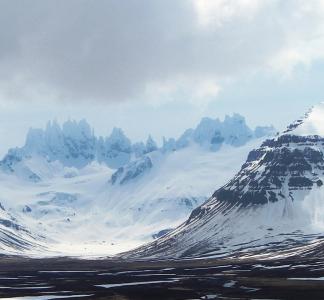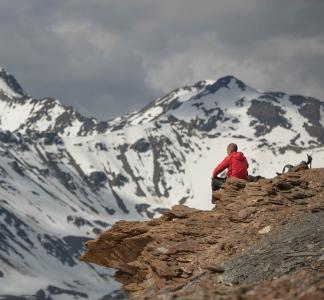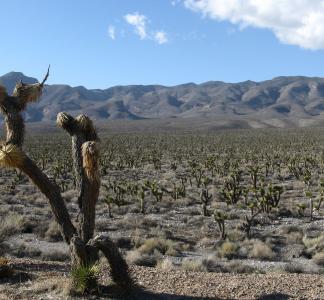Victory for Alaska wilderness: Judge blocks road plan for Izembek refuge, drilling for Arctic Ocean
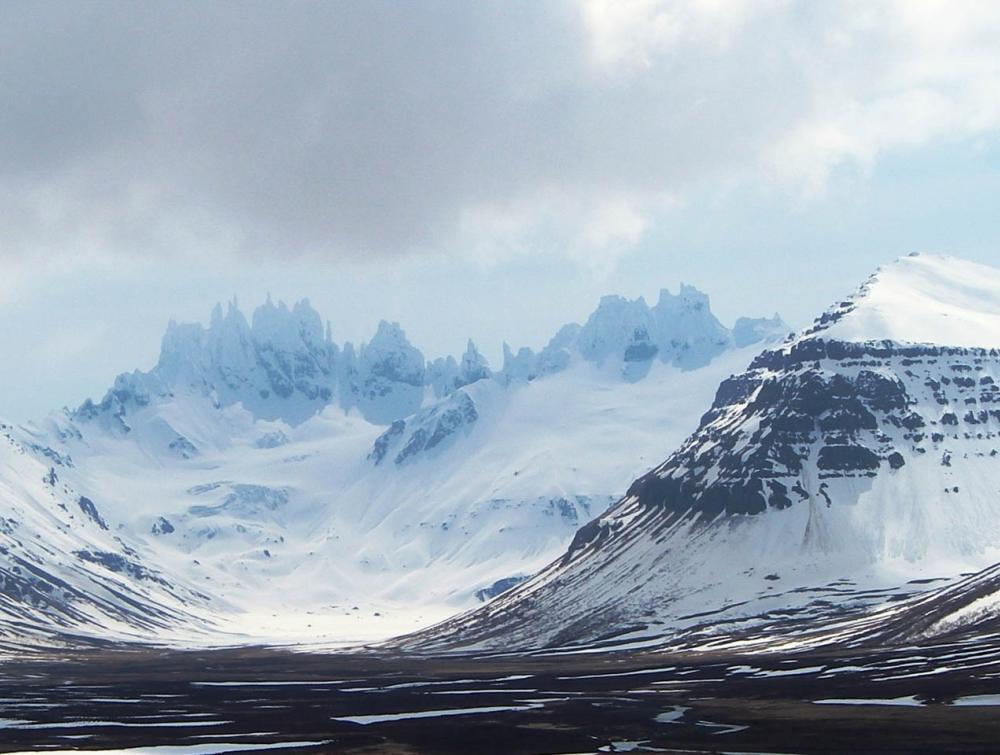
Izembek National Wildlife Refuge.
Kristine Sowl, USFWS.
Decision negates “land swap” that threatened wildlife
On March 29, a federal judge handed the Trump administration two major losses in its ongoing effort to destroy public lands in Alaska. Judge Sharon Gleason negated an agreement to give away a portion of Alaska’s Izembek National Wildlife Refuge to the King Cove Corporation so that the community of King Cove could build a road, and she ruled that Trump overstepped his authority with an executive order to rescind President Obama’s move to protect the Arctic Ocean from oil drilling.
In the Izembek case, the ruling halts an illegal land exchange made by former Interior Secretary Ryan Zinke in 2018. The secretive exchange circumvented congressional protections and recent court decisions prohibiting road-building in the refuge.
Zinke’s deal would have given away ecologically important land within refuge and endangered numerous migratory birds, brown bears and caribou while threatening to close off access to sportsmen. It would have also created a dangerous precedent for road-building in federally protected wilderness areas.
Gleason, a judge in the U.S. District Court of Alaska, said Zinke didn’t adequately explain why he was circumventing the Obama administration’s determination that such a project would do irreparable damage to Izembek.
“We are very pleased by the court’s ruling, which highlights the extreme measures the Trump administration is willing to take to transfer public lands into private ownership for special interests and commercial gain,” said David Krause, public lands conservation specialist at The Wilderness Society, in a joint statement with other groups that sued the Trump administration over the land swap.
“Congress established the Izembek National Wildlife Refuge and its designated wilderness because of its globally significant ecological resources. The Wilderness Society will continue to ensure that this unique wilderness landscape remains intact, as it is in the public’s best interest to do so,” Krause said.
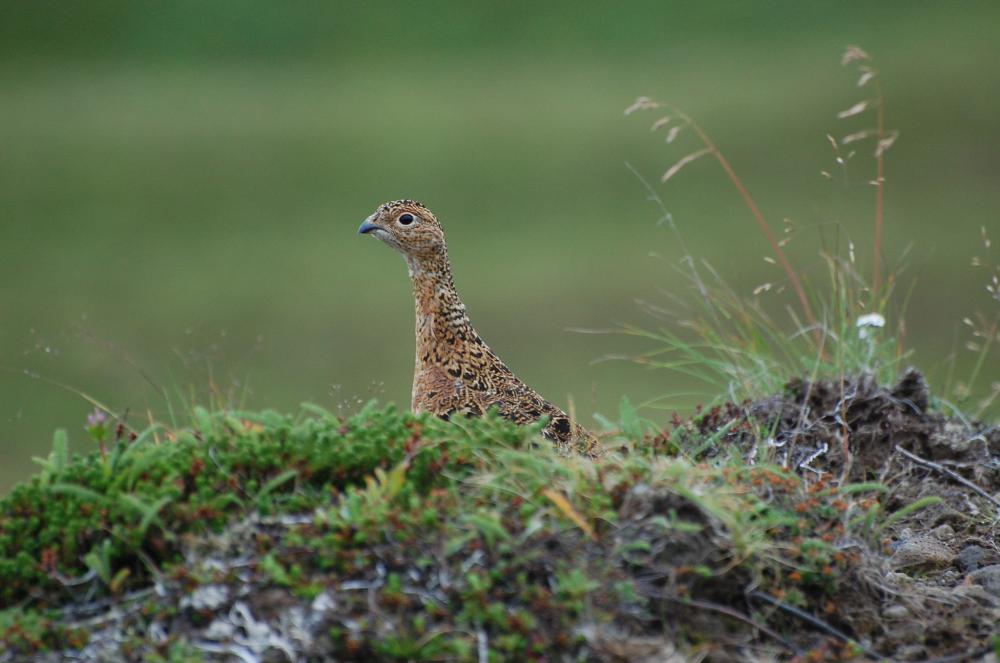
Willow ptarmigan standing on green grass in Izembek National Wildlife Refuge, Alaska
Kristine Sowl, U.S. Fish & Wildlife Service
Second decision rebuffs Trump efforts to drill in Arctic Ocean
On the same day, the judge reinstated limits on oil and gas leasing in the Arctic Ocean that were established when Obama withdrew the area from America’s future drilling plans. Those limits include all of the Chukchi Sea and most of the Beaufort Sea—areas that Trump would like to drill under his “America-First Offshore Energy Strategy.”
Obama acted under a provision of the Outer Continental Shelf Lands Act that authorizes presidents to remove areas from the nation’s offshore leasing program. The judge ruled that Trump’s 2017 executive order was unlawful because OCSLA does not allow presidents to summarily reverse withdrawals made by previous administrations.
Only Congress can reverse Obama’s withdrawal, the judge said in a ruling that threw into question an offshore lease sale that the administration was planning to hold later this year.
Obama’s removal of the Beaufort and Chukchi seas from the leasing program shows that the Obama administration learned from Shell’s disastrous record in Alaska, realizes that industry is incapable of safely operating in such a remote and extreme environment, and recognizes that the Arctic Ocean is important for more than just oil and gas.
Despite its extremely harsh environment, the Arctic Ocean thrives with sea life and is a sensitive marine ecosystem. It is home to polar bears, walruses, seals and thousands of finback, humpback and beluga whales. Native communities on Alaska’s northern coast depend on Arctic Ocean sea life to sustain their way of life.
Izembek an important area for birds and other wildlife
A thin isthmus of land on the Bering Sea coast, Izembek National Wildlife Refuge hugs two lagoons that sustain ecosystems considered to be vital habitat for millions of birds during their annual migrations, including Steller’s eiders and 98 percent of the world’s Pacific black brant (the refuge was first established in 1960 to protect the latter’s habitat). Additionally, the refuge sustains the highest concentration of brown bears in the region, and a strip of land between the Izembek and Kinzarof lagoons serves as corridor for caribou traveling to and from calving grounds.
In 1998, Congress passed a law specifically prohibiting a road through designated wilderness in Izembek. Over the past 20 years, a few lawmakers have nonetheless tried to push the Department of the Interior to build a road through the land, even through the Obama administration’s rejection of the idea and the U.S. District Court previously upholding that decision.
In 2018, the Trump administration cut a backroom deal to get around the law and pave the way for the road project. In addition to threatening habitat in Izembek, this land swap was considered a precedent-setting attack on federal wilderness standards and the idea of public lands, all in order to build a road for which there are several viable alternatives. We knew that if the road was built, it would make future destructive incursions into wilderness areas that much easier.
The recent court decision is a big win for Izembek National Wildlife Refuge and public lands across the U.S.
